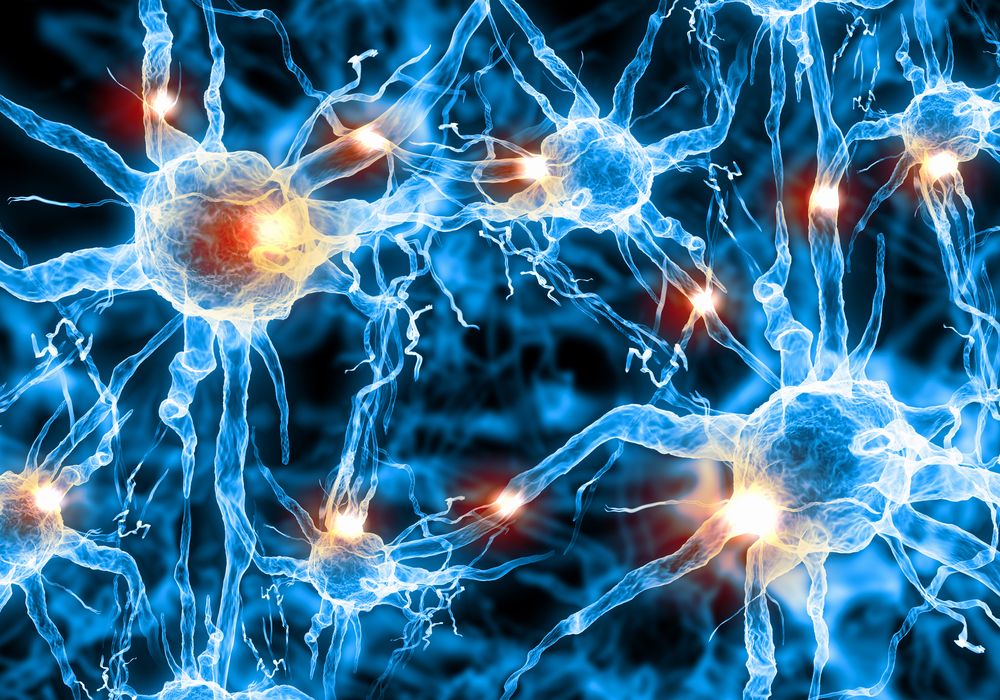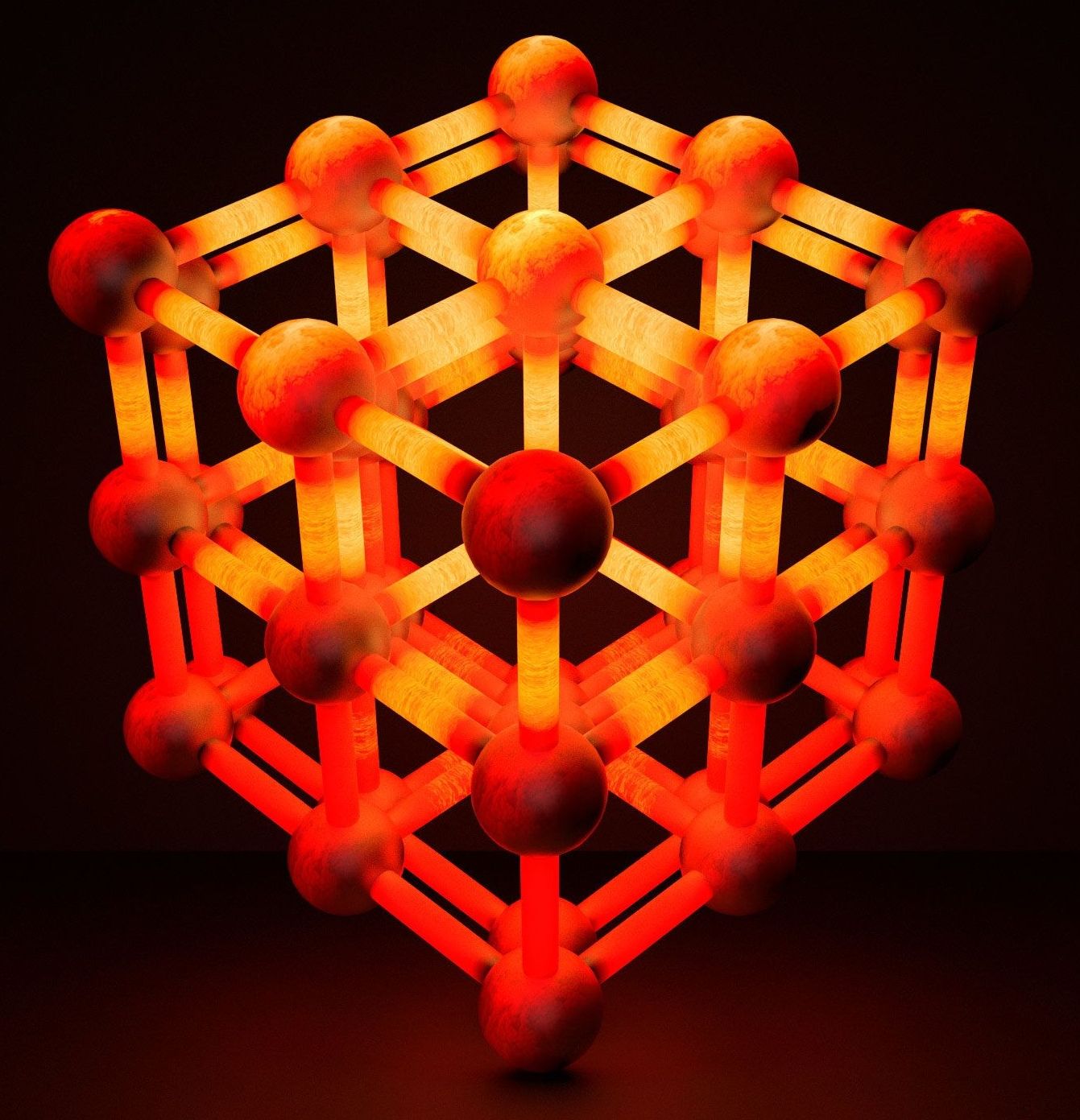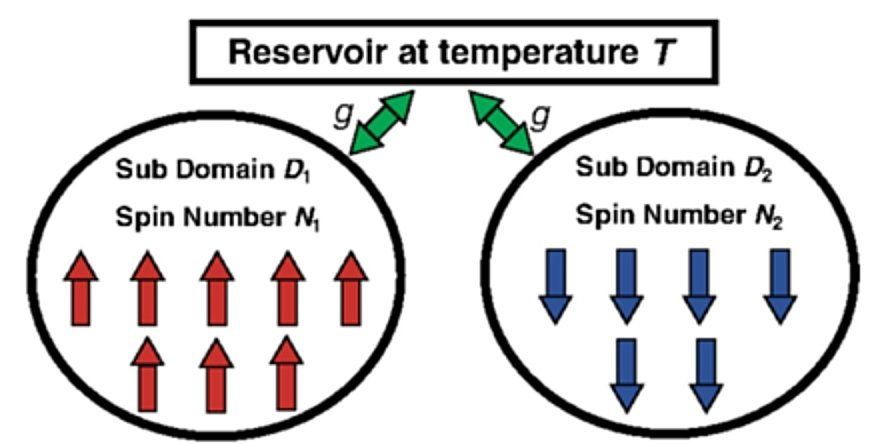Page 8865
Apr 18, 2018
Bioquark Inc. — Cracking the Entrepreneur Code Podcast — Ira Pastor
Posted by Ira S. Pastor in categories: aging, biotech/medical, business, disruptive technology, DNA, economics, finance, genetics, health, life extension
Tags: anti-aging, bioquark, biotech, business, health, invention, Venture Capital, wellness
Apr 18, 2018
A Review of Stem Cell Therapies for Alzheimer’s Disease
Posted by Steve Hill in categories: biotech/medical, life extension, neuroscience
A new open access paper takes a look at the potential of regenerative medicine for the treatment of Alzheimer’s disease [1]. The review covers approaches such as spurring the production of new neurons and transplanting new neurons while taking a look at the disease-modeling approaches and techniques that science is now using to refine approaches to treating Alzheimer’s.
The authors here investigate how induced pluripotent stem cells (iPSCs) are contributing to the growing knowledge in the field by allowing researchers to create increasingly refined models of Alzheimer’s disease. A current problem we have is that animal models do not emulate the disease closely enough to lead to translational therapies that work in humans; this is why so many new medicines that work in mice fail in clinical trials. The review takes a look at the challenges and how science is working to develop better models.
Introduction
Continue reading “A Review of Stem Cell Therapies for Alzheimer’s Disease” »
Apr 18, 2018
Full of hot air and proud of it
Posted by Bill Kemp in categories: chemistry, engineering
This could be used for hydrogen storage.
Of the four states of matter, gases are the hardest to pin down. Gas molecules move quickly and wildly and don’t like to be confined. When confined, heat and pressure build in the container, and it doesn’t take long before the gas blows the lid off the place, literally. Luckily, gases are superficial. Provide them with an attractive internal surface area, and they’ll pin themselves down in no time. No, it’s not love at first sight, it’s adsorption.
“Adsorption is the processes of gas pinning to the surface of another material—the inside walls of a container, for example,” says Chris Wilmer, assistant professor in Pitt’s Department of Chemical and Petroleum Engineering. “When adsorption occurs, the gas molecules stop bumping into each other, reducing pressure. So, by increasing a container’s internal surface area, we can store more gas in less space.”
Apr 18, 2018
Scalable manufacturing process spools out strips of graphene for use in ultrathin membranes
Posted by Bill Kemp in categories: biological, engineering, nanotechnology
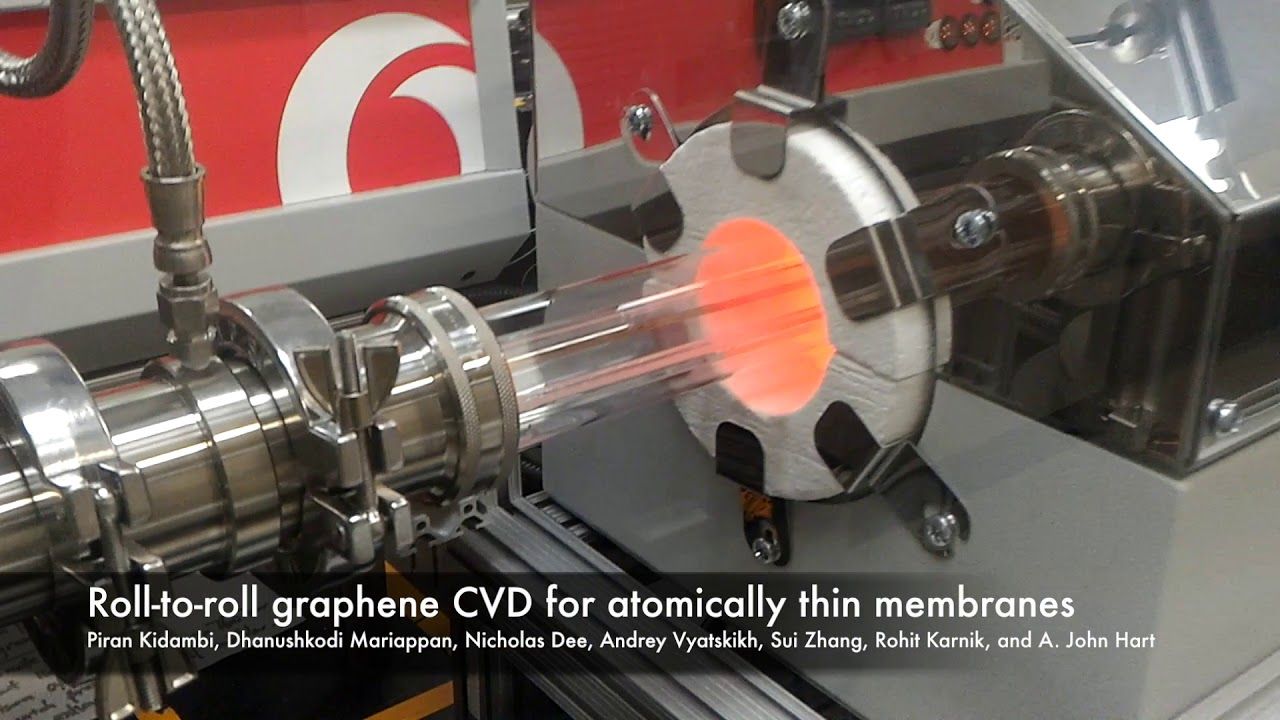
MIT engineers have developed a continuous manufacturing process that produces long strips of high-quality graphene.
The team’s results are the first demonstration of an industrial, scalable method for manufacturing high-quality graphene that is tailored for use in membranes that filter a variety of molecules, including salts, larger ions, proteins, or nanoparticles. Such membranes should be useful for desalination, biological separation, and other applications.
Apr 18, 2018
China fights big smog with big air purifier
Posted by Bill Kemp in categories: environmental, sustainability
China has a found a novel way to tackle its massive air pollution problem: Putting up a giant air purifier the size of an industrial smokestack in the middle of a smog-plagued city.
Instead of pumping out billows of black smoke like the chimneys rising from factories in the northern province of Shaanxi, the 60-meter (197-foot) tall structure on the outskirts of the regional capital Xian blasts clean air.
Standing between high-rises, the device is capable of cleaning between five million and 18 million cubic meters of air each day, depending on the weather, season, and level of pollution, according to a report by the Chinese website Thecover.cn.
Apr 18, 2018
Team develops sodium ion batteries using copper sulfide
Posted by Bill Kemp in categories: materials, mobile phones
A KAIST research team recently developed sodium ion batteries using copper sulfide anode. This finding will contribute to advancing the commercialization of sodium ion batteries (SIBs) and reducing the production cost of any electronic products with batteries.
Professor Jong Min Yuk and Emeritus Professor Jeong Yong Lee from Department of Materials Science and Engineering developed a new anode material suitable for use in an SIB. Compared to the existing anode materials, the copper sulfide anode was measured to exhibit 1.5 times better cyclability with projected 40 percent reduction in cost.
Lithium-ion batteries (Li-ion batteries or LIBs) are widely used in mobile phones and other personal electronics. However, large-scale energy storage systems require less expensive, more abundant materials. Hence, a SIBs have attracted enormous attention for their advantage over lithium-based batteries.
Apr 18, 2018
Scientists make counterintuitive observations in hybrid quantum systems
Posted by Genevieve Klien in categories: particle physics, quantum physics
A team of researchers from the National Institute of Informatics (NII) in Tokyo and NTT Basic Research Laboratories (BRL, Nippon Telegraph and Telephone Corporation) in Japan have published an explanation of how quantum systems may be able to heat up by cooling down. Their paper appeared recently in Physical Review Letters.
“Heating by cooling sounds rather counterintuitive, but if the system has symmetries, decay could mean many things,” says Kae Nemoto, a professor in the Principles of Informatics Research Division at NII which is part of the Inter-University Research Institute Corporation Research Organization of Information and Systems (ROIS).
Nemoto and her team examined a double sub–domain system coupled to a single constant temperature reservoir. Each sub-domain contained multiple spins—a form of angular momentum carried by elementary particles such as electrons and nuclei. The researchers considered the situation in which the spins within each sub-domain are aligned with respect to each other, but the sub-domains themselves are oppositely aligned (for instance all up in one and all down in the second). This creates a certain symmetry in the system.
Continue reading “Scientists make counterintuitive observations in hybrid quantum systems” »
Apr 18, 2018
Is Holochain Better than Blockchain?
Posted by Anderson Tan in categories: bitcoin, cryptocurrencies
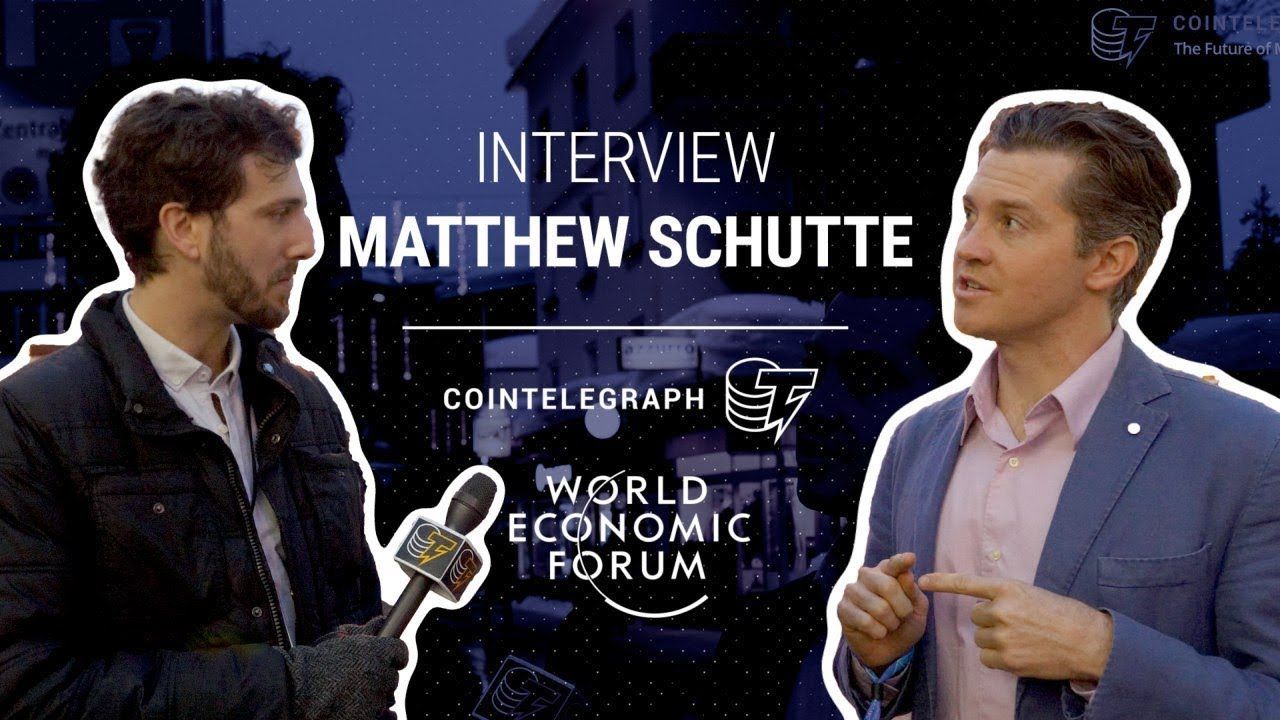
What is Holochain? #notblockchain
Holochain has been in the works since before the Bitcoin whitepaper and now it is being released on the world. There is no mining, no cryptocurrency and it claims to be more efficient than Blockchain. Could Holochain be the future or decentralization?


